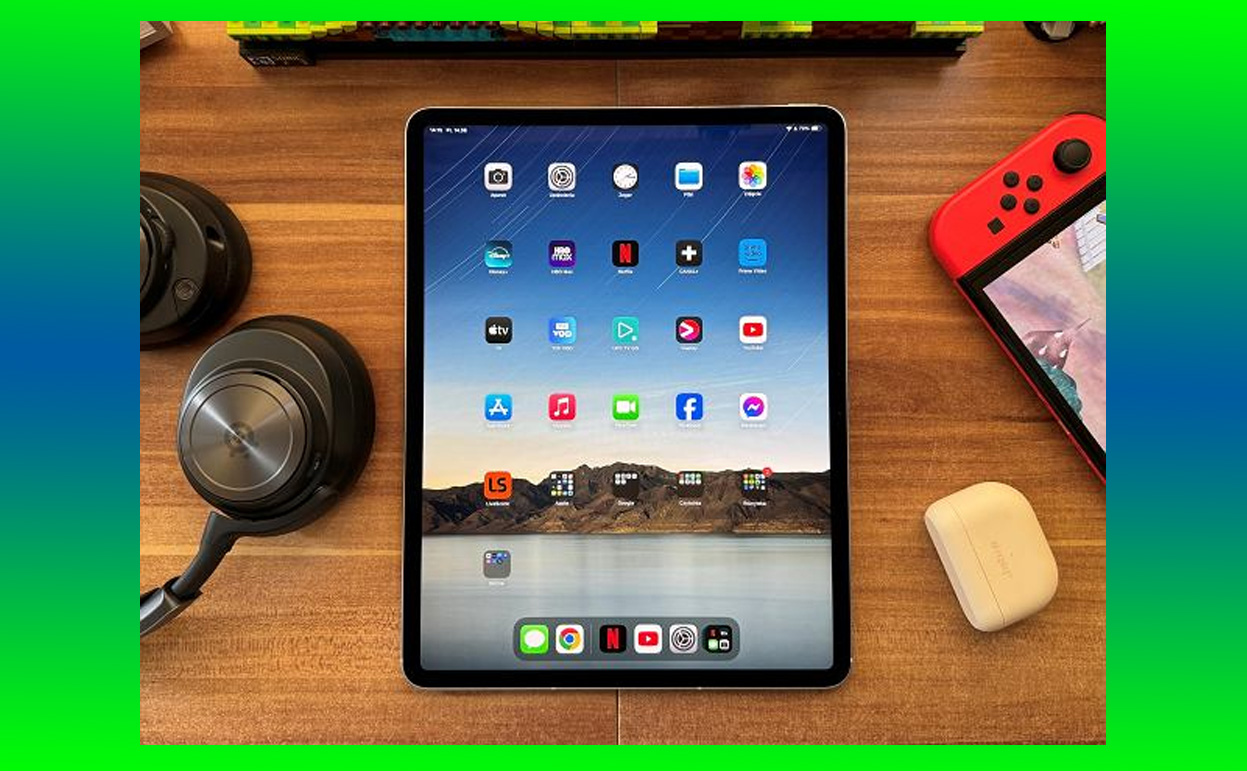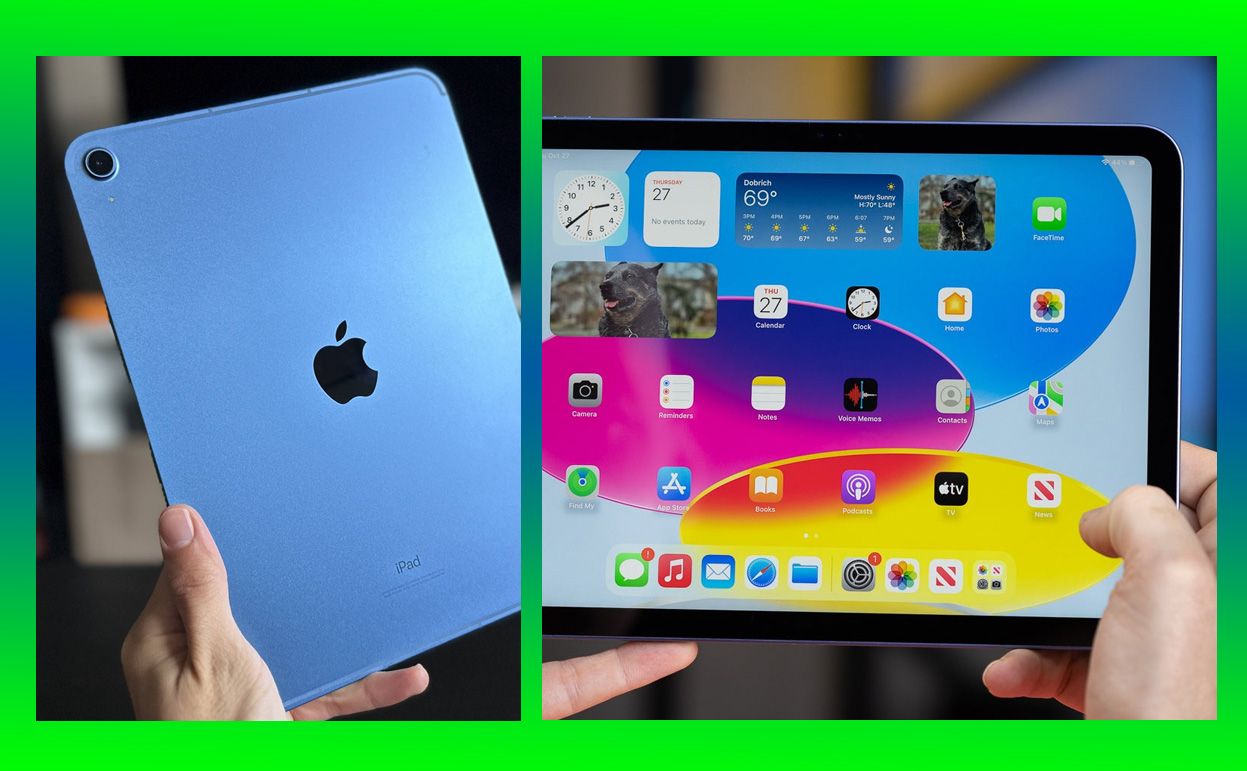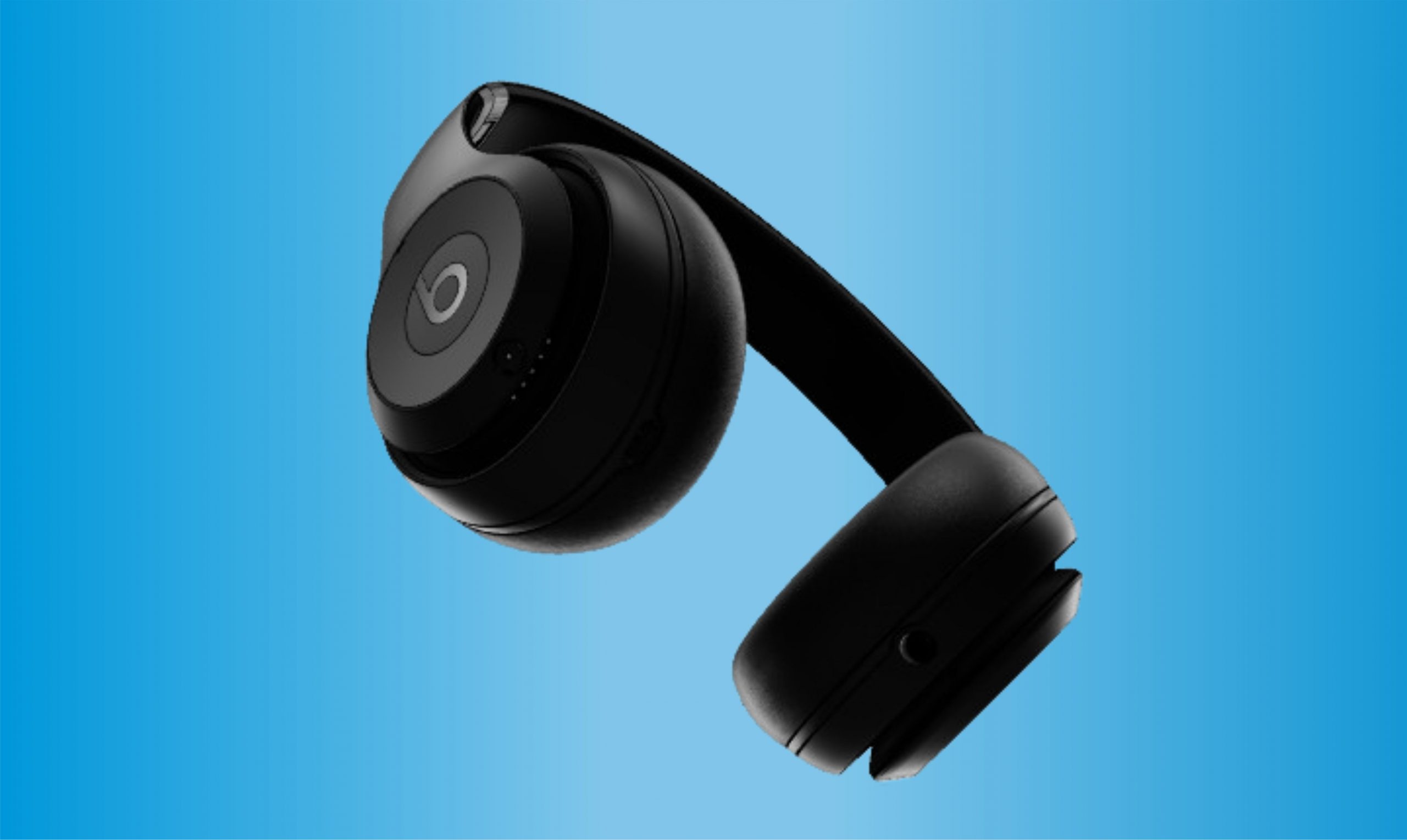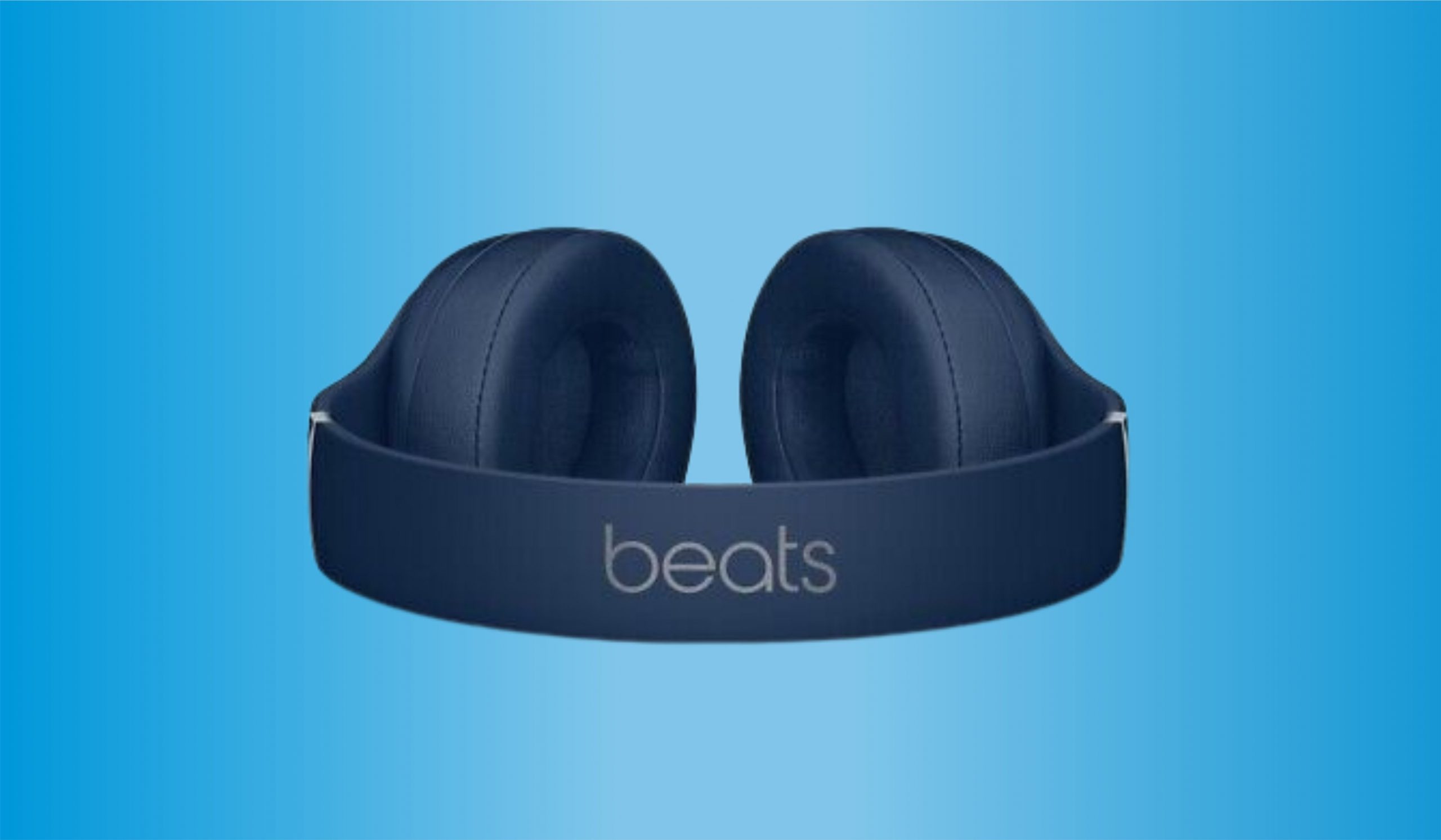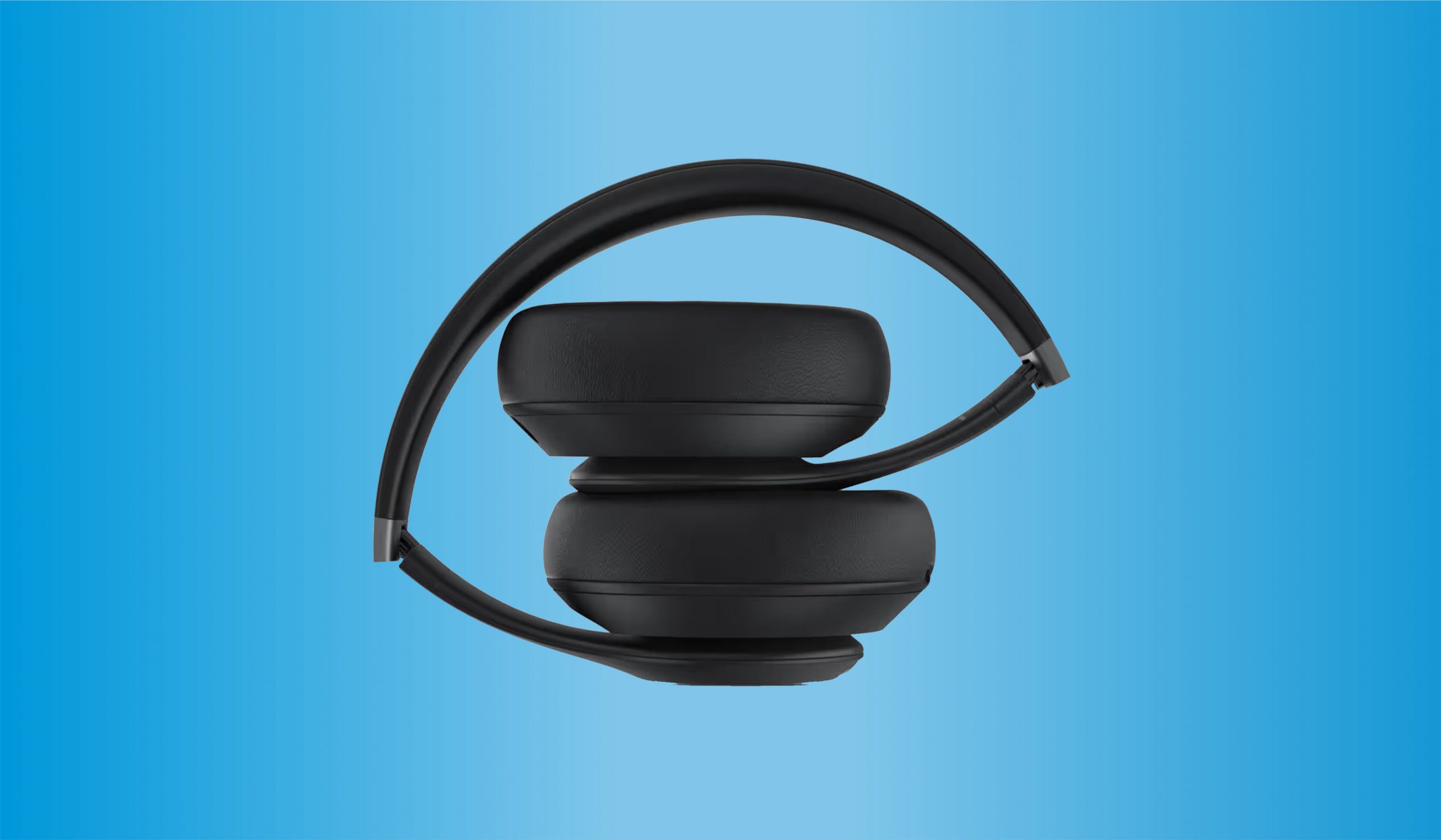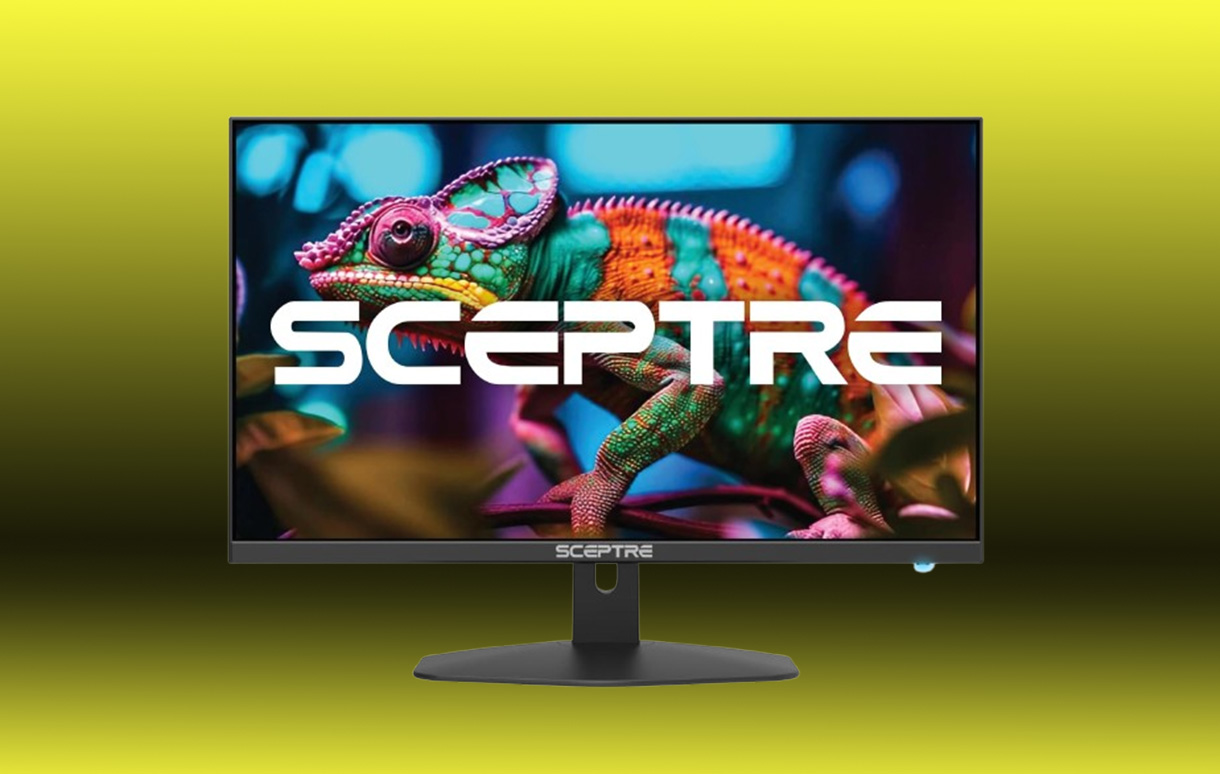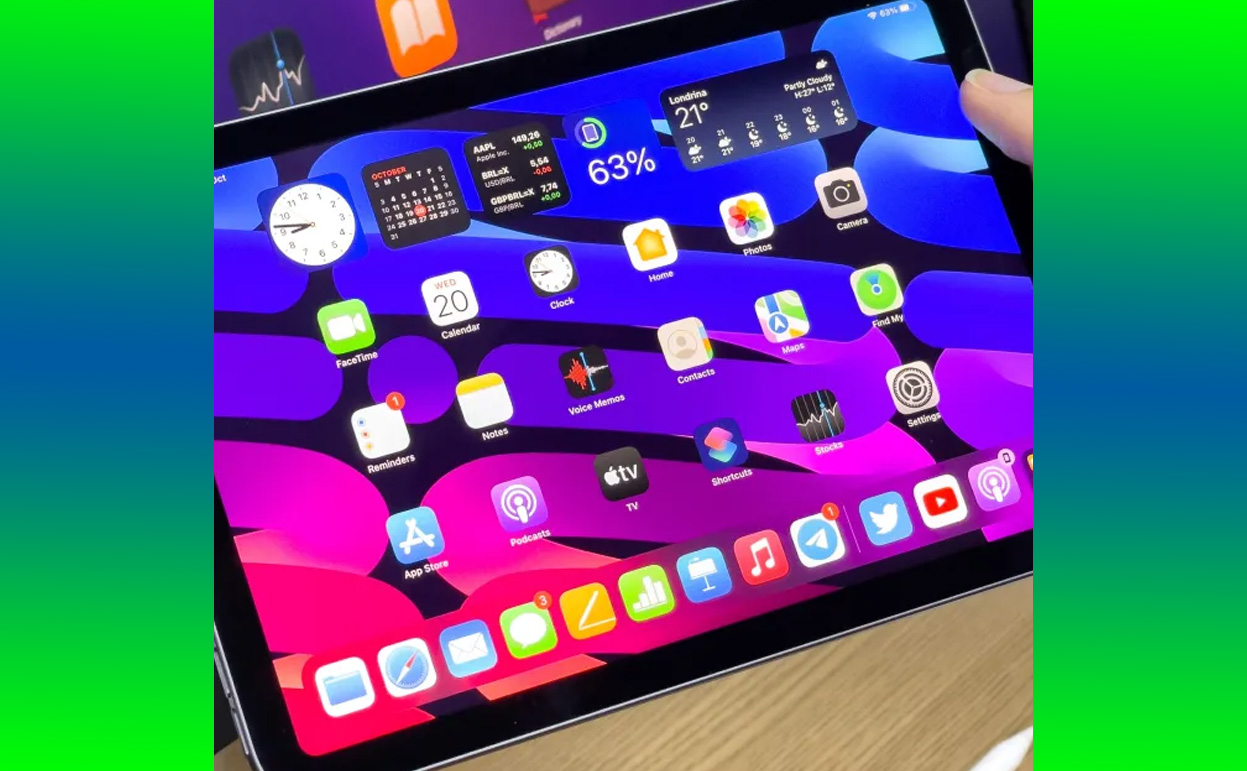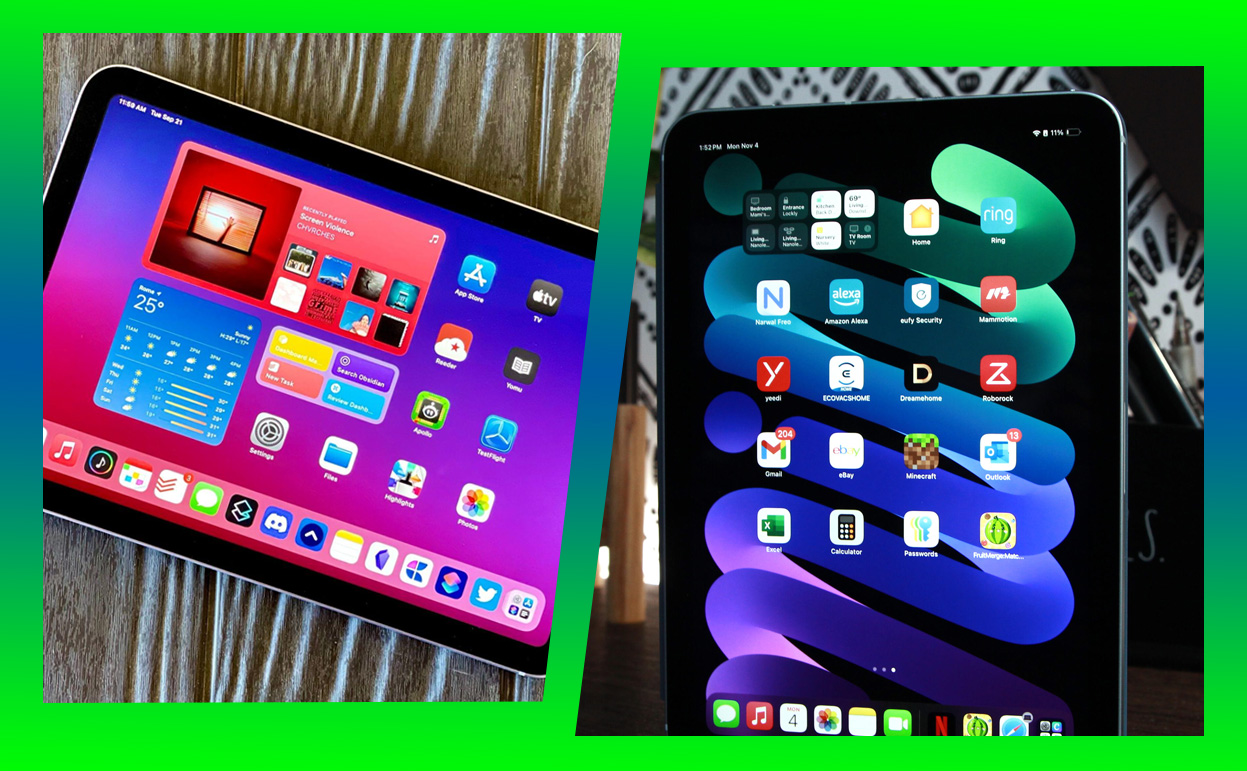Apple has upped the ante with its latest M4 chip lineup, bringing the M4 Mac Mini and M4 MacBook Air into the spotlight. Both devices promise exceptional performance and value, but they cater to slightly different audiences. If you’re trying to decide between the two, you’ve come to the right place. Let’s dive into the details to see which M4-powered machine is better for your needs.
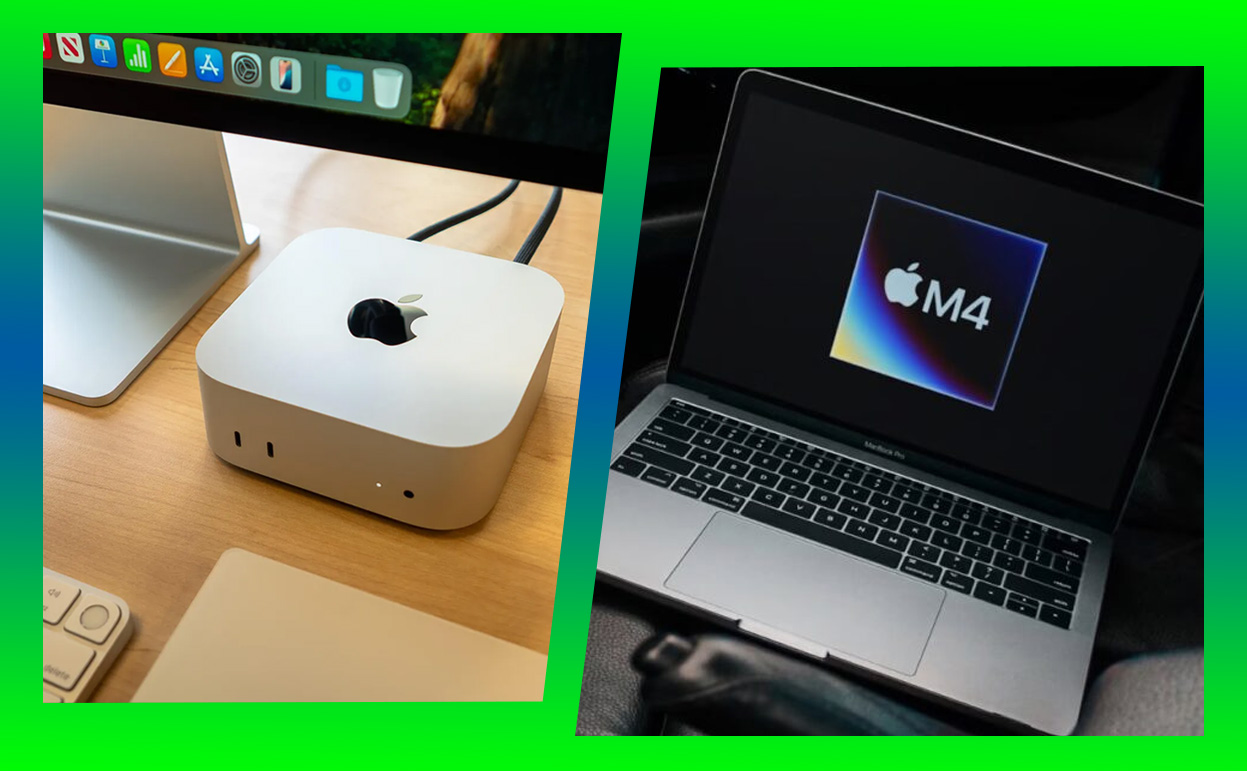
Whether you’re looking for a portable workhorse or a desktop powerhouse, this comparison will cover everything: performance, design, connectivity, price, and user experience.
Design: Sleek vs. Compact
M4 MacBook Air
The M4 MacBook Air retains its iconic ultrathin design, making it one of the most portable laptops on the market. At just 11.3mm thick and weighing 2.7 pounds, it’s ideal for on-the-go professionals, students, and anyone who values mobility. The unibody aluminum chassis comes in four finishes: Midnight, Starlight, Space Gray, and Silver.
- Strengths: Lightweight, elegant, and built for portability.
- Drawbacks: The thin design limits ports, which might require adapters for connectivity.
M4 Mac Mini
The M4 Mac Mini is a desktop computer that prioritizes compactness without sacrificing power. It’s a square block of understated aluminum, measuring just 7.7 inches on each side and standing 1.4 inches tall. While it’s not portable like the MacBook Air, it can easily fit on any desk or entertainment center.
- Strengths: Minimalistic design, small footprint, and customizable setup.
- Drawbacks: Requires external peripherals like a monitor, keyboard, and mouse.
Verdict:
Choose the M4 MacBook Air for mobility and all-in-one convenience. Opt for the M4 Mac Mini if you prefer a powerful stationary setup.
Performance: How Does the M4 Chip Shine?
The M4 chip is Apple’s latest processor, offering unparalleled efficiency and speed. Both devices feature the base M4 chip, but the M4 Mac Mini also comes in M4 Pro and M4 Max variants, making it more scalable for demanding workloads.
CPU and GPU Performance
- Base M4 (Both): The 8-core CPU and 10-core GPU deliver a balanced performance for everyday tasks, light video editing, and multitasking.
- M4 Pro/Max (Mac Mini Only): The Pro version features a 12-core CPU and 18-core GPU, while the Max pushes it further with a 14-core CPU and 32-core GPU—ideal for professionals working on 3D rendering, video production, and machine learning tasks.
Thermal Management
- M4 MacBook Air: Fanless design means silent operation, but the passive cooling can throttle performance under sustained heavy loads.
- M4 Mac Mini: Includes active cooling, which ensures consistent performance even during demanding tasks.
Verdict:
For everyday users, both devices perform similarly. Professionals and power users, however, will benefit from the M4 Pro or M4 Max options on the Mac Mini.
Display and Portability
M4 MacBook Air
- Comes with a 15.3-inch Liquid Retina display boasting 500 nits of brightness, True Tone, and P3 wide color.
- The all-in-one design means you don’t need an external monitor.
M4 Mac Mini
- No built-in display, but it supports up to two monitors in the base model and up to four monitors in the M4 Max configuration.
- Display capabilities include 6K resolution via Thunderbolt and 8K via HDMI 2.1, offering flexibility for multi-monitor setups.
Verdict:
The MacBook Air wins for simplicity and portability, while the Mac Mini is unbeatable for multi-monitor setups and customizable workstations.
Connectivity and Ports
M4 MacBook Air
- Ports: Two Thunderbolt 4 ports, a MagSafe charging port, and a headphone jack.
- Limitations: Requires dongles or hubs for additional connectivity.
M4 Mac Mini
- Ports:
- Base model: Two Thunderbolt 4 ports, two USB-A ports, HDMI 2.1, Ethernet, and a headphone jack.
- Pro/Max models: Four Thunderbolt 4 ports, making it a true connectivity hub.
- Flexibility: The Mac Mini’s broader port selection supports a wide range of peripherals, including legacy devices.
Verdict:
The Mac Mini is far superior for connectivity. The MacBook Air suffices for minimalistic setups but lacks the versatility of the Mini.
Battery Life vs. Energy Efficiency
M4 MacBook Air
The 18-hour battery life makes it a standout for mobile users. Whether you’re working remotely, traveling, or attending lectures, the MacBook Air ensures all-day productivity.
M4 Mac Mini
As a desktop computer, the Mac Mini doesn’t have a battery. However, its energy efficiency is excellent, consuming significantly less power than traditional desktops.
Verdict:
If portability and battery life are priorities, the MacBook Air is the clear winner.
Price and Value
M4 MacBook Air
- Starts at $1,199 for the base model.
- Includes a display, keyboard, and trackpad, so no additional purchases are required.
M4 Mac Mini
- Starts at $699, making it Apple’s most affordable M4-powered device.
- Requires peripherals, which can add to the overall cost if you don’t already own them.
Verdict:
The Mac Mini offers incredible value for desktop users. The MacBook Air is more expensive upfront but includes everything you need for mobile productivity.
Use Cases: Which One is Right for You?
Choose the M4 MacBook Air If:
- You’re always on the move and need a lightweight laptop.
- You prioritize battery life and an all-in-one solution.
- Your workflow involves web browsing, word processing, and light creative tasks.
Choose the M4 Mac Mini If:
- You need a powerful, customizable desktop for creative or professional workloads.
- You already own or prefer external monitors and peripherals.
- You want access to higher performance tiers (M4 Pro/Max).
Head-to-Head Comparison Table
| Feature | M4 Mac Mini | M4 MacBook Air |
|---|---|---|
| Starting Price | $699 | $1,199 |
| Portability | Stationary | Highly portable |
| Display | External (up to 6K) | Built-in (15.3-inch) |
| Battery Life | N/A | 18 hours |
| Performance Options | M4, M4 Pro, M4 Max | M4 only |
| Ports | Extensive | Minimal |
Conclusion: The Final Verdict
Both the M4 Mac Mini and M4 MacBook Air are excellent choices, but the right one depends on your priorities.
- Pick the MacBook Air if you need portability, long battery life, and an all-in-one device for casual to moderate use.
- Pick the Mac Mini if you value performance, expandability, and a robust desktop setup for heavy workloads.
In the end, both devices showcase Apple’s mastery of combining power and efficiency. Whether you go Mini or Air, you’re getting an M4-powered device that’s sure to impress.
Also Check:
- Top Reasons Why PS5 Pro Is the Ultimate Console for Multiplayer Gamers
- M4 Mac Mini Benchmarks: Which Mac Mini M4 Should You Buy
- How Many Monitors Can the M4 Mac Mini Connect to? Here’s What It Supports
- M4 Mac Mini Review: I Think it is Apple’s Best Compact Small Shell Computer…
- The M4 Mac Mini Is Here: Should You Buy It?
